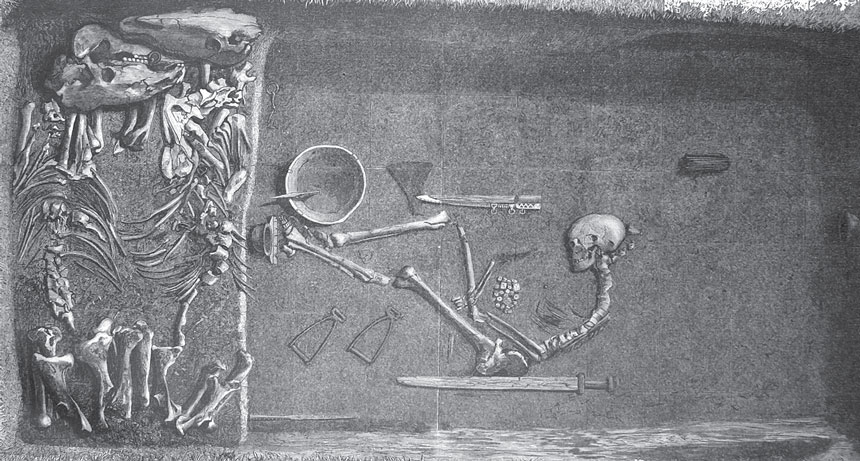These 2017 discoveries could be big news, if they turn out to be true
Potentially key findings cover a wide range of topics, from a female Viking warrior to far-flung exomoons

RUMOR HAS IT Researchers stirred up controversy this year by claiming that a skeleton discovered in a Swedish grave (excavation illustrated above) belonged to a Viking woman warrior. Other potentially big scientific discoveries also generated buzz — and disagreement — in 2017.
EVALD HANSEN, C. HEDENSTIERNA-JONSON ET AL/AMER. J. OF PHYS. ANTHRO. 2017